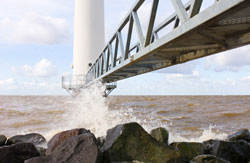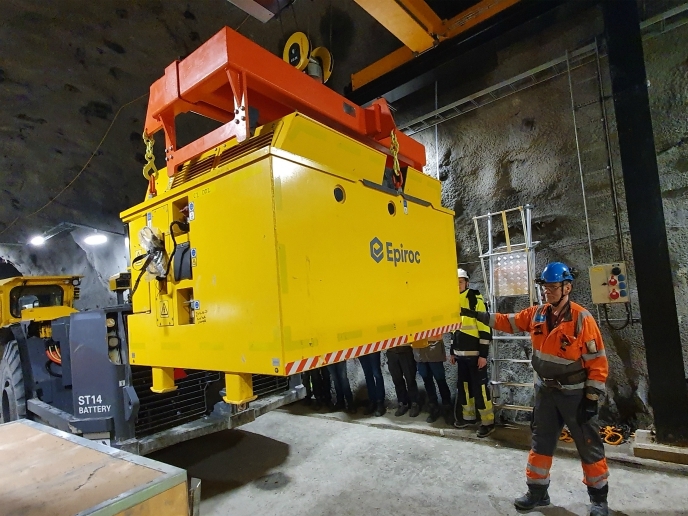Improving safety in floating offshore structures
Oil and gas exploration and production are often based on offshore structures, such as the Floating Production Storage and Offloading (FPSO) systems and drill ships. These structures are subject to 'green water' as it is called which is the phenomenon of high waves flowing onto the deck. Additionally, regular damage may often occur due to waves impacting on the hull of these structures. Although modern floating offshore structures are able to withstand the most severe weather, the wave impact phenomena are very complex in their nature. Since oil and gas activities involve a high risk for both environment and personnel, the safety and reliability of floating offshore structures are very critical parameters. SAFE-FLOW focused on offshore structures such as floating production units and drill ships under impact loading of 'green water' and waves. The key aim was to develop suitable technology including design and operational guidance, calculation methods and tools as well as risk assessment procedures. An important aspect of project work was the development of recommendations for new standards' development for floating offshore structures. Until the beginning of the project the existing class rules and regulations were found insufficient to deal with the circumstances of FPSO operations. Particularly, classification rules initially set for sailing ships didn't require the use of the sensitive equipment on-deck that is typical for floating production systems. The Health and Safety Executive (HSE) and the Norwegian Petroleum Directorate (NPD) joined forces and conducted a study on the vulnerability of several UK and Norwegian FPSOs. All 21 systems were found to present a medium to high risk of shipping critical amounts of 'green water' on board from the side of the vessel. Based on the new technology developed in the SAFE-FLOW project a set of recommendations for new standards, including rules and regulations for floating offshore structures were formulated. These recommendations are expected to benefit the classification societies to improve their rules and guidance. The improved standards combined with design optimisation may lead to a safer and environment-friendlier deployment of FPSOs in European waters.







